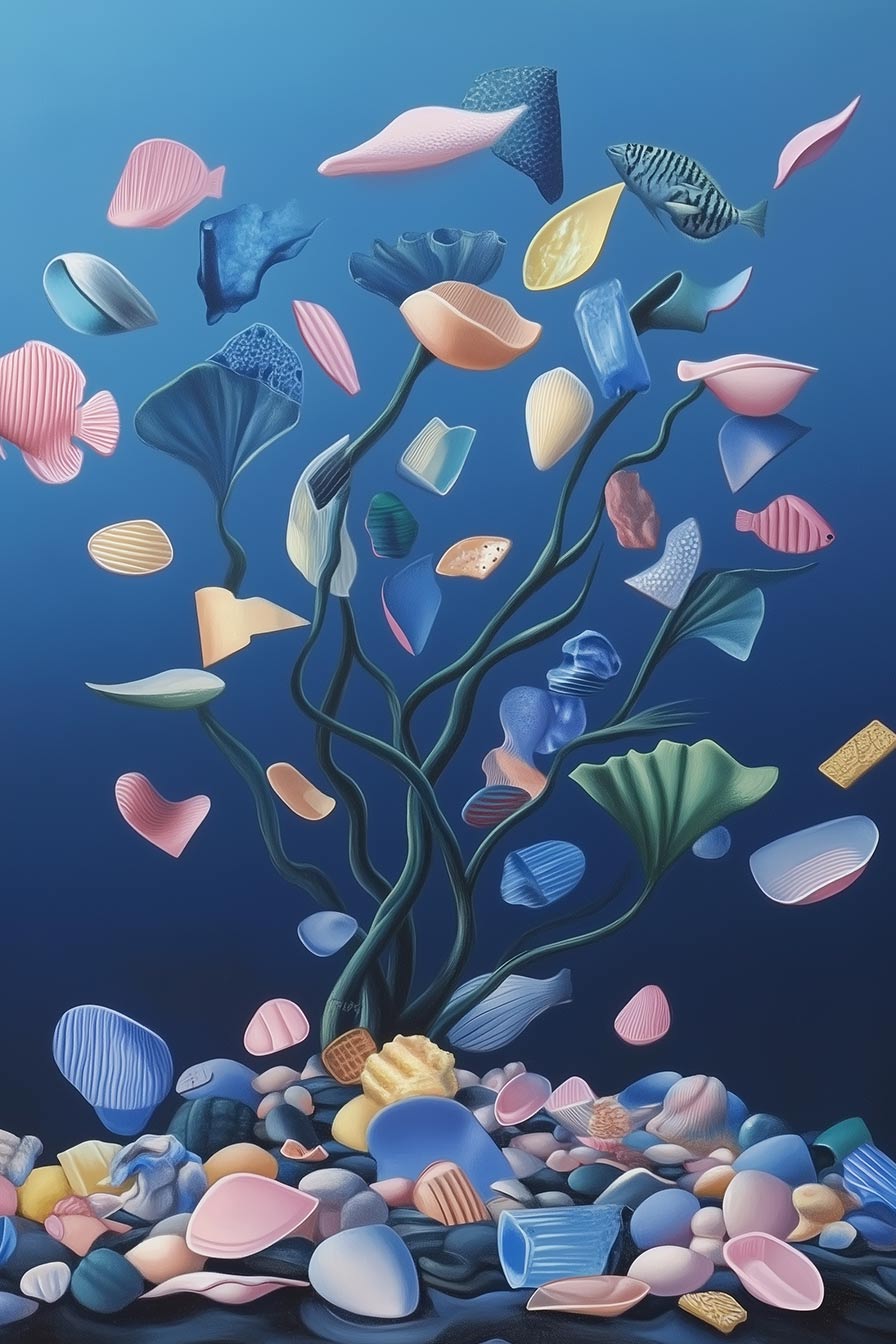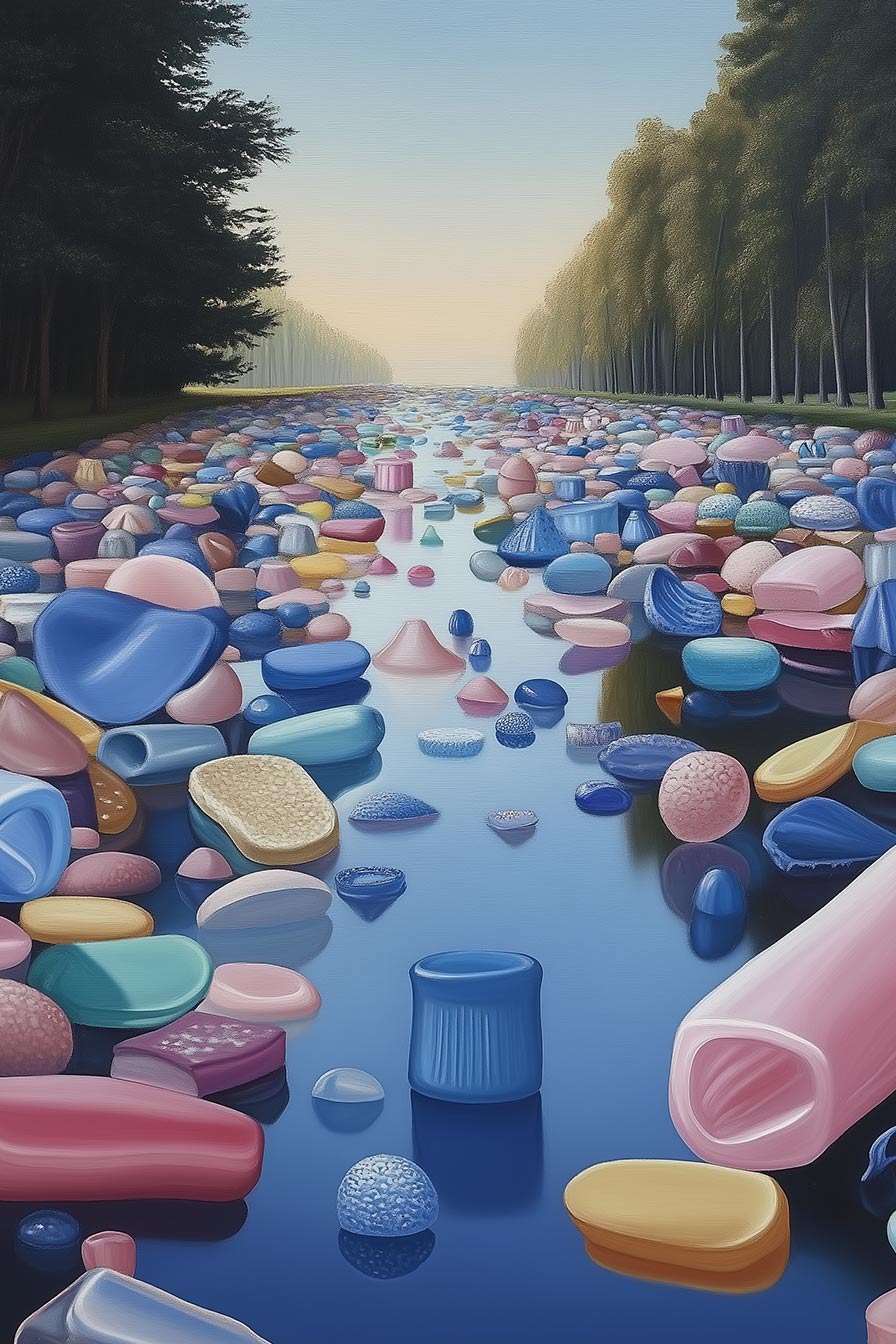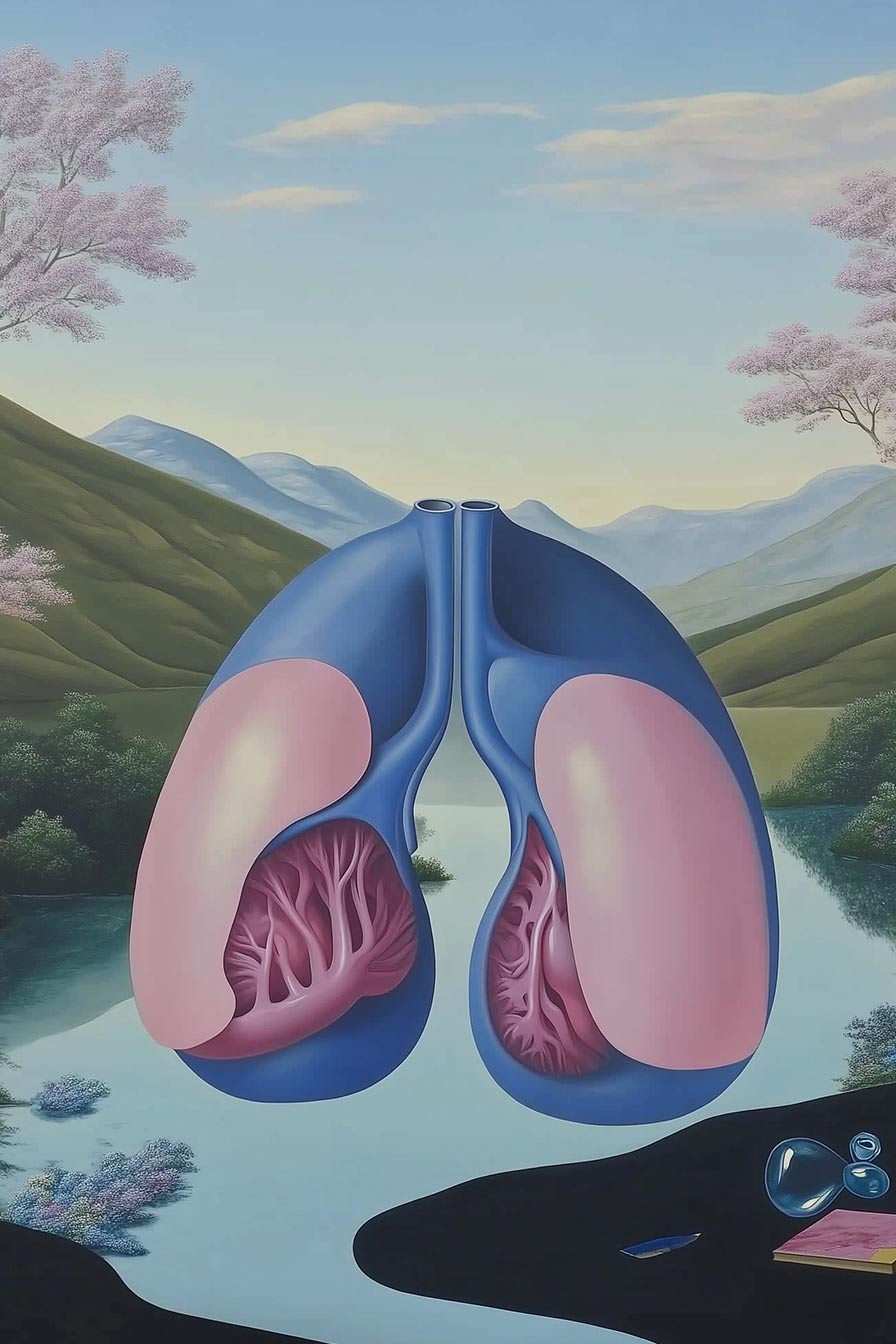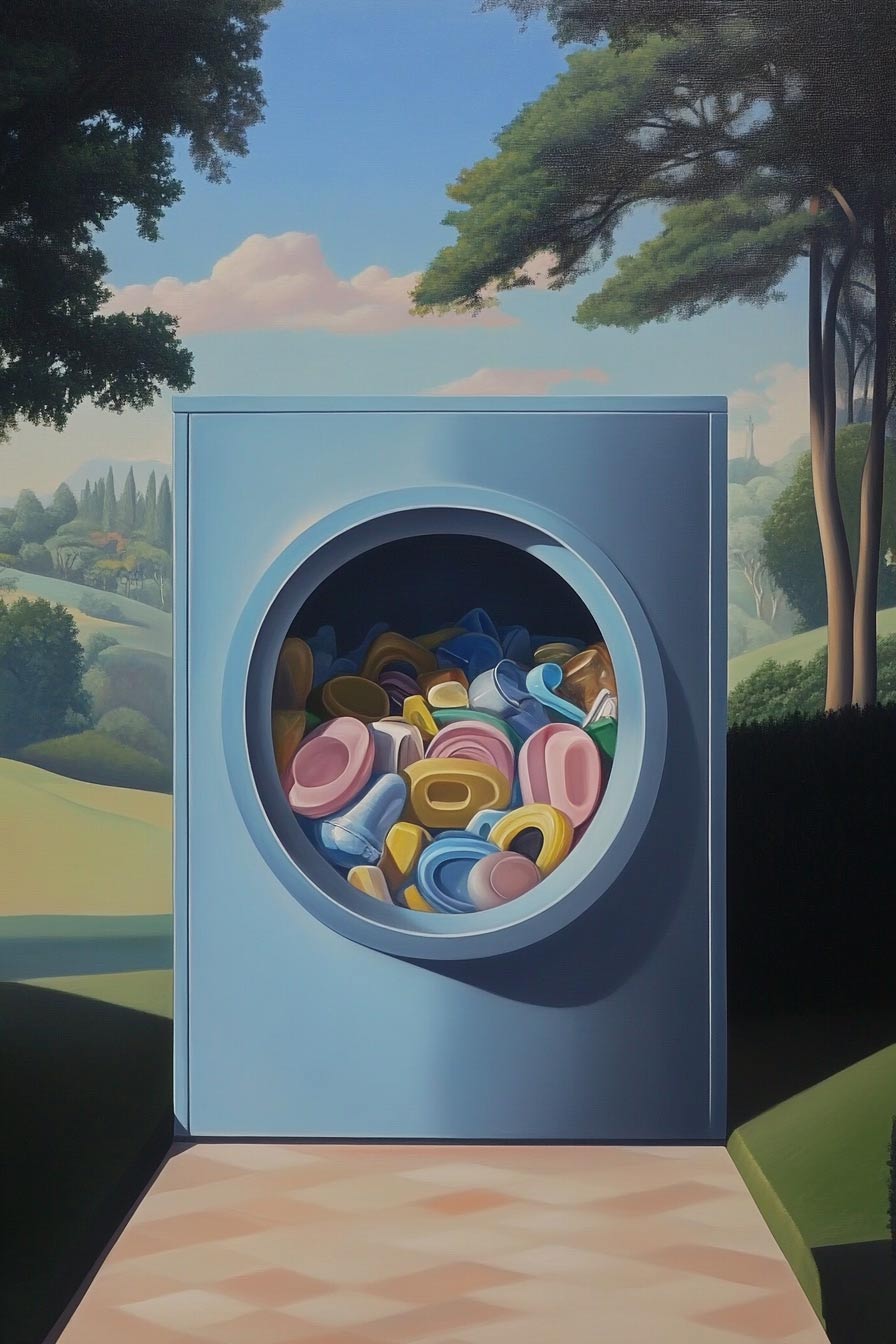Microplastics: Everywhere, Forever
They’re in our oceans.
They’re in our food.
They’re in us.
The invisible consequence of synthetic clothing isn’t just waste. It’s residue.
What Are Microplastics?
Tiny plastic particles—less than 5mm in length. Too small to filter. Too stubborn to disappear.
Every time synthetic clothes are washed, they shed microfibres: plastic particles that flow from washing machines to wastewater plants and into natural waterways.
- One load of laundry can release up to **700,000 microplastic fibres**. *(Environmental International, 2016)*
- The fashion industry is responsible for **35% of ocean microplastics**. *(IUCN, 2017)*
Where They End Up
In short: everywhere.
- In the Mariana Trench—the deepest known point on Earth, where microplastics have been found embedded in sediments. (Nature Geoscience, 2020)
- In Arctic sea ice—acting as a reservoir for global plastic pollution. (Marine Pollution Bulletin, 2019)
- In seafood—ingested by fish, molluscs, and plankton, which move up the food chain. (Environmental Science & Technology, 2015)
And increasingly:
- In us. Microplastics have been found in human lungs, bloodstreams, placentas, and breast milk. (The Lancet Planetary Health, 2022; Environment International, 2022; The Guardian, 2021)*











